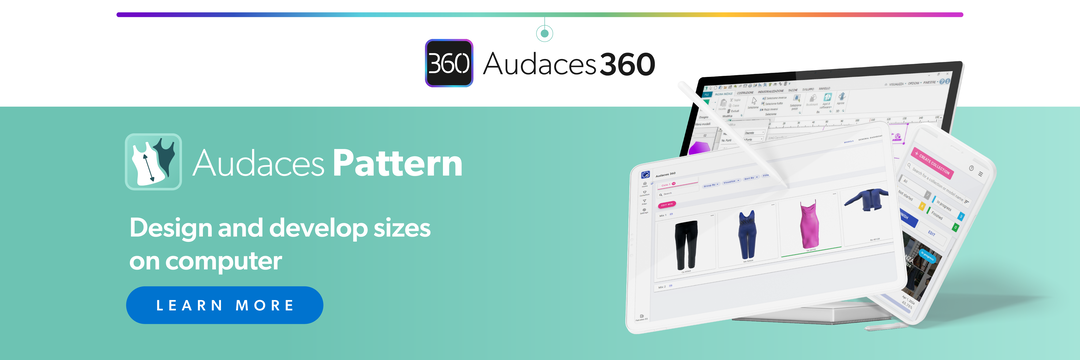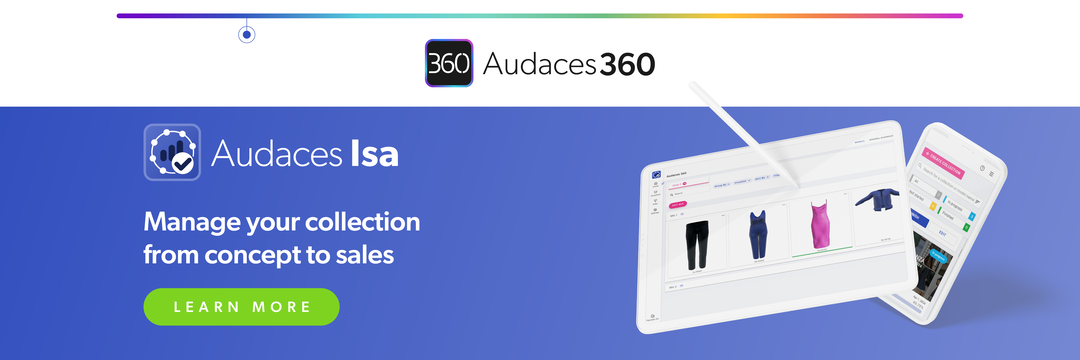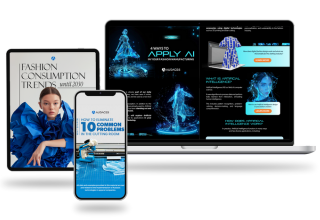Summary
- Discover practical steps to identify, evaluate, and validate your ideal market niche.
- Explore examples and learn why this choice is strategic to achieve success.
- Want to take your fashion business further? Subscribe to our newsletter for exclusive insights!
Finding your place in the fashion market is one of the biggest challenges for any entrepreneur. With so many brands competing for attention, choosing the right niche becomes the foundation of every successful business.
It allows you to concentrate your efforts, create targeted marketing, and offer products that connect with your audience. Having a clear direction turns your ideas into a meaningful brand identity.
In this article, you’ll learn how to define your niche step by step and find some examples to inspire you. Ready to dive in?
Happy reading!
Sumário
What is a market niche?
A market niche refers to a specific, well-defined portion of a broader market. In fashion, it’s the particular audience or category that your brand chooses to serve.
Rather than trying to please everyone, niche brands focus on a smaller group of consumers with distinct preferences. This allows them to develop products that truly resonate with their target audience.
You can base your niche on a product, like sustainable denim, or on customer values, like cruelty-free materials. It could also focus on a specific demographic group, such as children’s fashion or plus-size women’s wear.
The key is to identify where your brand can offer something unique and valuable.
Why is it important to define your brand’s market niche?
When you define your niche, you gain clarity on who your customers are and what they expect from your brand. It can be the difference between standing out and getting lost in the noise.
This understanding helps you design collections and communicate messages that connect with their desires and lifestyles.
In addition, with a clearly defined audience, your marketing strategies become more targeted and cost-effective. You can choose the right platforms, tone, and content to attract the people who are most likely to buy from you.
Lastly, defining your niche helps you grow with purpose.
As your brand evolves, a clear niche guides product development, pricing, and even partnerships. Instead of chasing trends blindly, you can innovate while staying true to what makes your brand unique.
Main types of market niches
There are different ways to segment a market, depending on the characteristics of your audience.
Geographic segmentation
It divides the market according to location. This includes countries, regions, cities, or even climates.
Fashion brands often use this strategy to adapt their collections to local preferences or weather conditions. For example, a brand targeting tropical regions may focus on lightweight fabrics and vibrant colors.
Read more: How to use hyperlocal strategy to boost fashion sales?
Demographic segmentation
This is one of the most common ways to define a niche.
It classifies consumers by age, gender, income level, education, or family status. For instance, children’s wear, men’s formal wear, and plus-size women’s fashion are all based on demographic traits.
Psychographic segmentation
Psychographic segmentation goes beyond surface traits and looks at consumers’ lifestyles, values, and personalities.
This approach is ideal for fashion brands because clothing often expresses identity and attitude.
Sustainable fashion, for example, appeals to people who value environmental responsibility. Meanwhile, luxury fashion targets those who seek exclusivity and status.
Read more: Discover how sustainable design can delight your customers
Behavioral segmentation
It focuses on how consumers interact with your brand, their habits, purchasing frequency, and decision-making patterns. Recognizing these behaviors helps you personalize your offerings.
This might mean designing limited-edition drops for loyal fans or offering discounts to attract first-time buyers.
By studying customer behavior, you can anticipate their needs and create experiences that increase satisfaction and retention.
Segmentation by consumption channel
This type of segmentation analyzes where and how customers prefer to buy your products.
Some consumers enjoy the in-store experience, but others prefer the speed and ease of online shopping. Understanding this helps you optimize your sales channels and marketing efforts accordingly.
Read more: Discover how to apply an omnichannel experience in fashion
What’s the difference between a market segment and a market niche?
In short, a segment helps you understand the broad market landscape, while a niche defines where your brand can stand out.
A market segment refers to a larger group of consumers with shared characteristics within a broader market. For example, “women’s fashion” or “sportswear” are segments that include many smaller, more specific niches.
A market niche, on the other hand, is a narrower and more specialized part of a segment. It focuses on a distinct group with unique needs or interests. For instance, within women’s fashion, niches can include maternity wear, plus-size clothing, or sustainable collections.
Examples of fashion market niches
Let these ideas inspire you to define your own path in the fashion world!
Sustainable fashion

It focuses on reducing environmental impact through conscious design, ethical production, and responsible material sourcing. Brands in this niche prioritize transparency, using organic fabrics, recycled materials, and local manufacturing whenever possible.
This approach attracts consumers who care about the planet and want to make thoughtful purchasing choices.
Inspiration: Patagonia is a global leader recognized for its commitment to environmental responsibility and long-lasting clothing.
Plus-size fashion
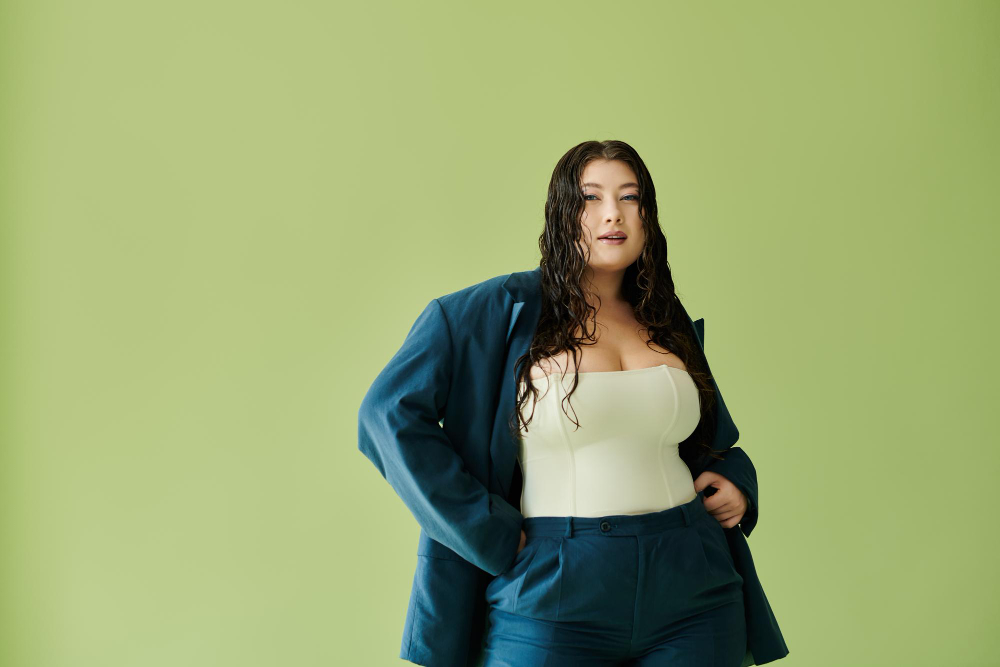
Instead of simply enlarging standard patterns, successful brands in this niche design garments that celebrate curves.
This niche promotes inclusivity and body positivity, values that resonate deeply with today’s consumers. It also opens space for creative design approaches that emphasize confidence, diversity, and individuality.
Inspiration: Lane Bryant is one of the most influential plus-size brands, known for empowering women through fashion.
Luxury streetwear

Luxury streetwear blends the exclusivity of high fashion with the comfort and attitude of street style. It attracts trendsetters who value authenticity and status, often driven by limited-edition releases and strong brand storytelling.
Inspiration: Off-White became a global icon by redefining the boundaries between luxury and street culture.
Maternity wear
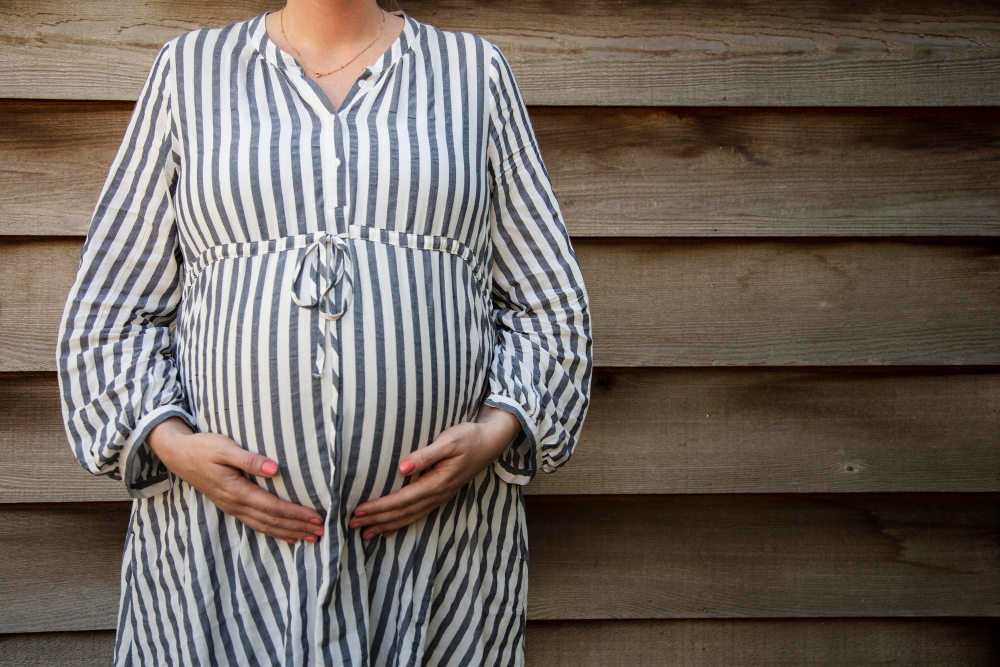
It focuses on clothing that adapts to the changing needs of women during pregnancy. Comfort and practicality are key but so is maintaining personal style.
Offering stylish yet functional options builds trust and loyalty among customers who appreciate design that supports their lifestyle.
Inspiration: HATCH, from New York, has built a strong reputation for chic and high-quality maternity wear.
Athleisure

Athleisure combines athletic functionality with everyday style, allowing consumers to transition seamlessly from the gym to social settings. This niche became popular as health, wellness, and comfort grew in importance across lifestyles.
Inspiration: Lululemon leads the global athleisure market with its premium-quality activewear and community-focused brand experience.
Modest fashion
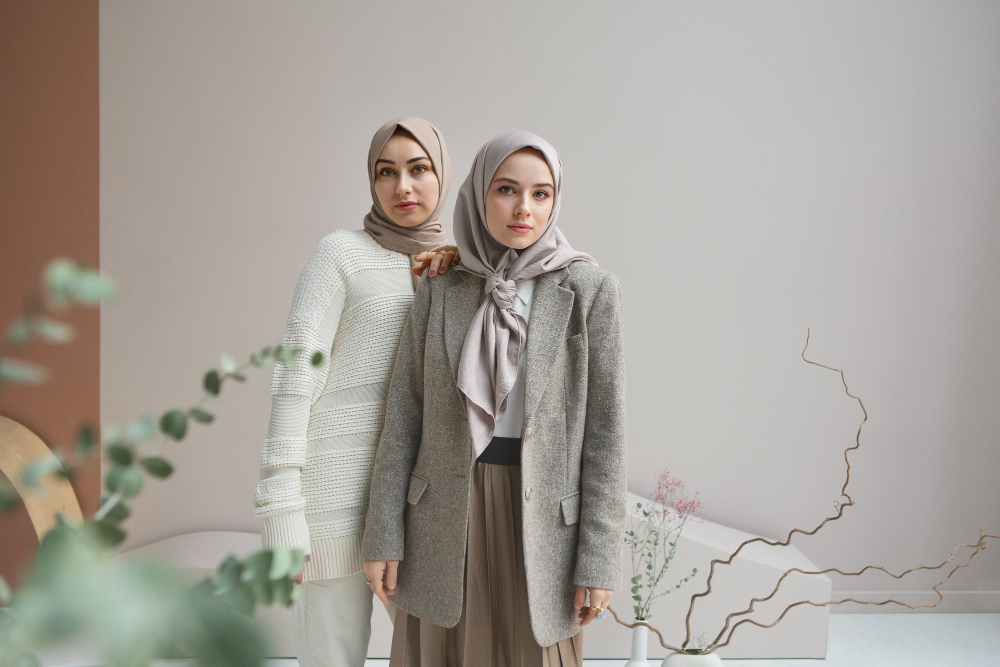
This niche caters to people who prefer clothing that aligns with personal values regarding coverage, while still expressing elegance. It has grown significantly as global consumers seek stylish options that respect their beliefs.
Brands in this area often emphasize sophisticated cuts, quality fabrics, and timeless design.
Inspiration: Modanisa is a pioneer in online modest fashion and serves millions of customers worldwide.
Lingerie and underwear
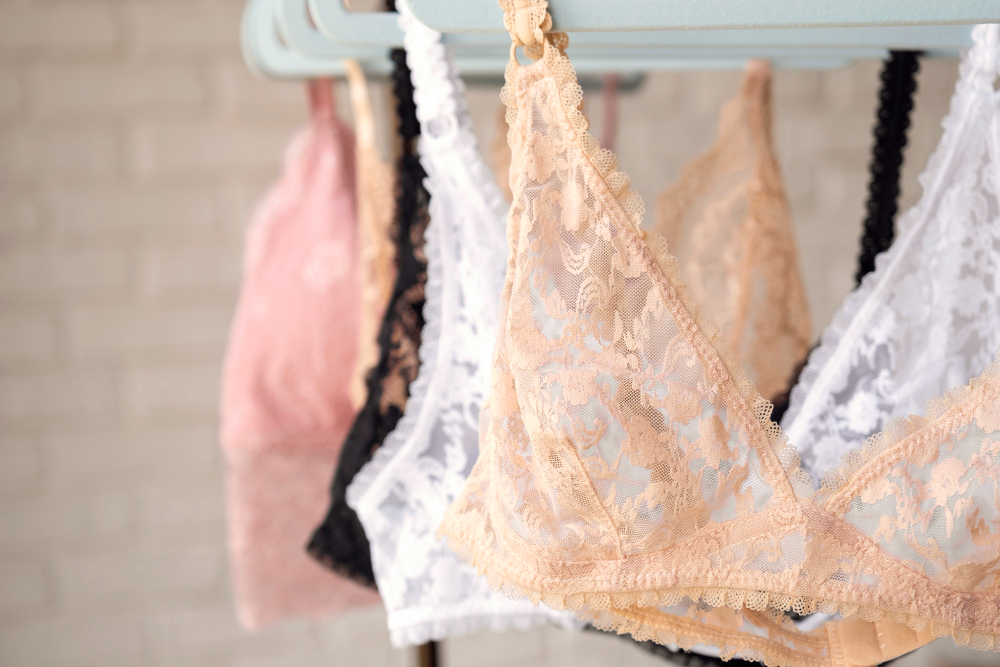
The intimate apparel niche includes lingerie, sleepwear, and undergarments. Far from being a basic necessity, this category has evolved into a space where fashion meets self-care.
Brands that succeed here focus on fit, fabric quality, and inclusive sizing.
Inspiration: Victoria’s Secret remains one of the most recognizable brands, famous for its iconic lingerie and brand image.
How to choose your market niche
Choosing the right niche for your fashion brand requires a mix of research, creativity, and strategy. It’s about understanding the market and recognizing where your strengths can meet customer needs.
Here’s a little guide to get you started:
1) Research consumer trends
Understanding consumer trends is the first step in defining your niche. So, pay attention to global movements like sustainability, inclusivity, or technology-driven fashion.
It’s also important to distinguish between a temporary fad and a lasting shift in consumer values. While the mass market may focus on volume, niches thrive by serving specific needs with authenticity.
Go beyond and focus on solving a real pain point. When your fashion products address a problem customers care about, they become part of their daily life and identity.
Read more: Uncover the benefits of fashion trend forecasting for your clothing business
2) Analyze potential competitors
Once you have an idea of the trends and opportunities, it’s time to study your competitors.
Look for similar brands and examine how they position themselves in terms of pricing, branding, and customer experience. By doing so, you can discover potential niches that remain underexplored or underserved.
Analyze your competitors’ products and services in detail. Identify what they do well and where customers express frustration or unmet needs.
That insight might guide you toward creating a value proposition that stands out.
3) Assess market demand
When finding a niche, balance passion with practicality.
You may love vintage-inspired menswear, but if there’s limited consumer interest, scaling your business could be challenging. On the other hand, a niche with stable demand and room for growth gives you a better chance at long-term success.
It’s also essential to test the potential for a specific product within your niche before committing fully.
Small-scale launches, pre-orders, or limited collections can help measure real customer response and reduce financial risk.
4) Define your target audience

To succeed, your brand must deliver specific products and services that align with the identity of your customers. The more precisely you understand who they are, the more effectively you can meet their expectations and build loyalty.
Remember, a niche audience values authenticity and specialization. Speak their language, design with their needs in mind, and make them feel understood.
5) Identify specific problems to solve
For any niche business, this problem-solving mindset is essential. Customers feel that your brand understands them and makes their lives easier or more enjoyable.
That emotional impact strengthens loyalty and increases word-of-mouth visibility.
6) Set your business goals
Once you’ve identified your niche and target audience, it’s time to set clear, measurable goals. These should reflect both your creative vision and your business ambitions.
Consider aspects like sales growth, brand awareness, or customer retention when defining your objectives.
Keep in mind that setting goals is an ongoing process. As trends shift and your brand grows, you may need to redefine priorities, expand collections, or enter new markets.
Read more: Uncover the hidden key to successful fashion management
7) Test and adjust
Even with research and planning, the real test of your niche comes when your products reach the market. Start small and gather feedback from real customers. Observe how they respond to your designs, branding, and overall experience.
Testing and refining your product or service ensures that your brand stays aligned with customer expectations.
Testing and adjusting is the same rule that applies when integrating new technologies. Want to boost your business without disrupting your workflow? Download our exclusive content and find out how!
Benefits of defining your market niche
Building a fashion brand without a clear direction can make growth challenging. By identifying a niche market, you focus your resources on customers who value what you offer most.
Below are some of the key benefits of choosing and defining your market niche.
Lower competition
When you specialize in a specific niche, you naturally face less competition than in the broader fashion market. Instead of trying to compete with established brands, you narrow your focus and become a leader in a smaller but more defined space.
Qualified audience
You can attract people who already share an interest in what you offer. Your brand will target customers who have a genuine need or desire for your products.
This increases the chances of turning visitors into buyers and buyers into loyal fans.
Reduced customer acquisition cost
When your audience is well-defined, marketing becomes more precise and efficient. You no longer need to invest heavily in broad campaigns that reach uninterested people.
You can put your efforts on attracting customers who are already looking for what you sell. This naturally reduces your customer acquisition cost.
Read more: Why is crowdsourcing the future of fashion innovation?
Higher return on investment
Because your brand appeals to a focused group, you can optimize pricing, distribution, and communication. Everything based on what resonates most with your customers.
This precision increases conversion rates and customer loyalty, which translates directly into a higher return on investment.
Track real-time insights about your market niche with Audaces solutions
Count on the fashion technology leader to provide the most advanced solutions for your business.
Audaces Isa

This innovative solution empowers fashion companies to take control of their entire collection development process. From initial ideas to final products.
Audaces Isa centralizes data and fosters collaboration, leading to more than a 30% reduction in product launch time. Deliver collections to market with greater agility!
You can even have real-time access to your collection’s progress directly from your phone, with the mobile version.
Condense all this data into insightful reports to help you analyze performance and identify opportunities for improvement.
Size & Fit
Size & Fit by Sizebay offers innovative sizing solutions for e-commerce stores. It helps you enhance the shopping experience by addressing one of the most common challenges: finding the perfect fit.
Using cutting-edge technology, this size and fit advisor helps customers find the right size. It’s as simple as entering a few details to get the ideal recommendation.
The system also collects all this data to generate detailed reports. They allow you to monitor your customers’ profiles and better understand their preferences and body measurements.
This valuable insight helps you make smarter decisions, optimize your size charts, and continuously improve your e-commerce strategy.
Discover Audaces360 and unlock a world of possibilities for fashion design and production. Explore our comprehensive suite of solutions today!
FAQ
A market niche refers to a specific, well-defined portion of a broader market. In fashion, it’s the particular audience or category that your brand chooses to serve.
When you define your niche, you gain clarity on who your customers are and what they expect from your brand. It can be the difference between standing out and getting lost in the noise.
They include sustainable, plus-size, luxury, maternity, athleisure, and modest fashion.


